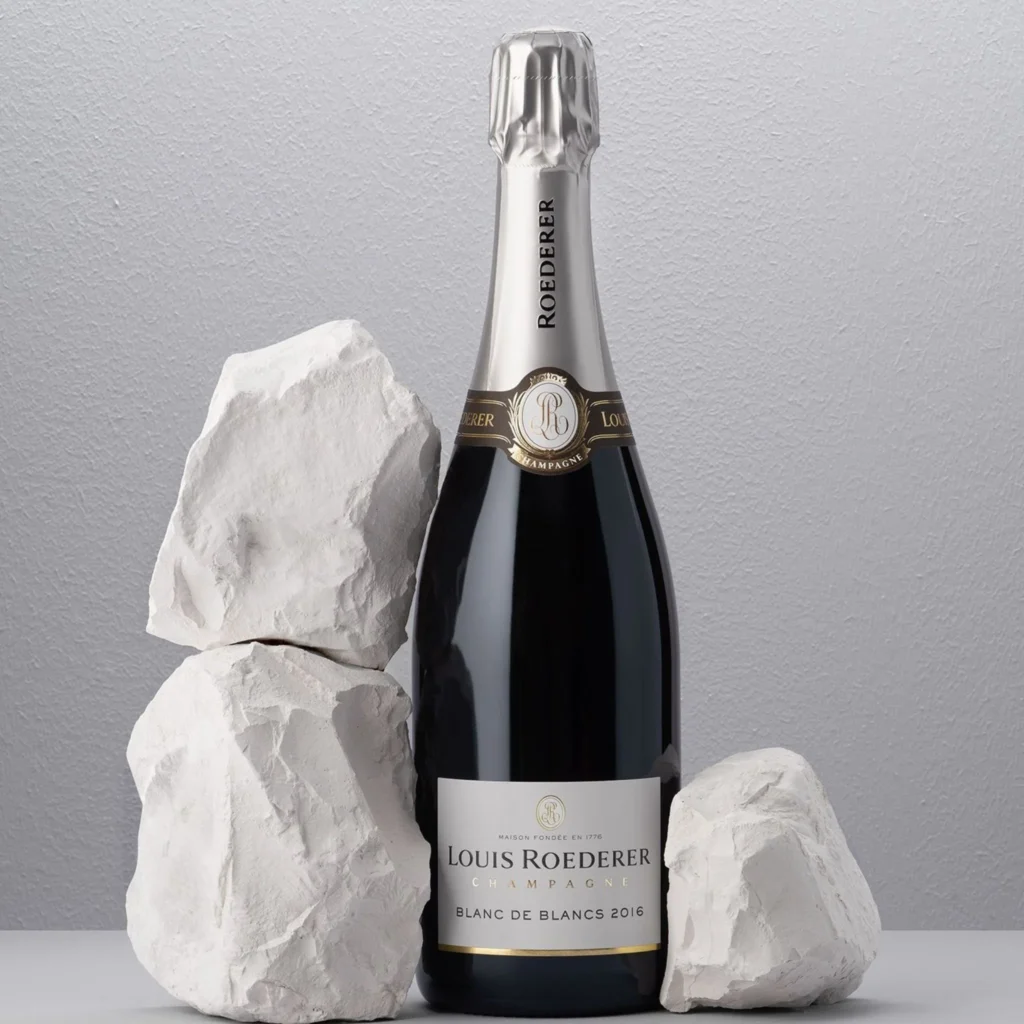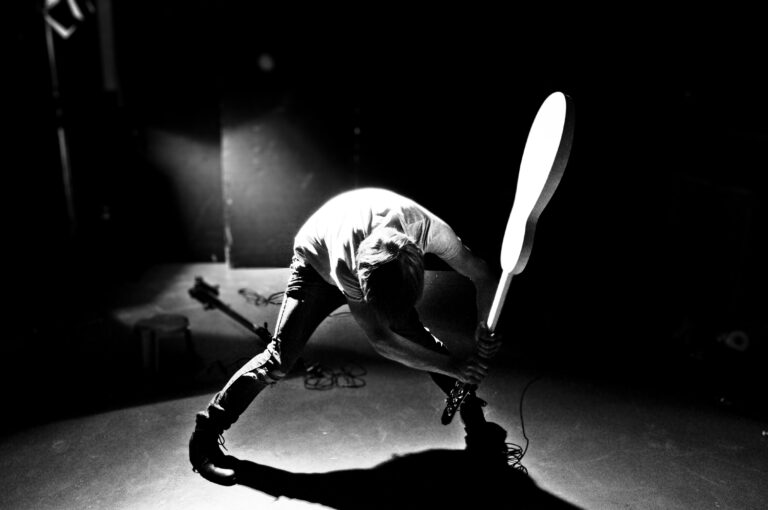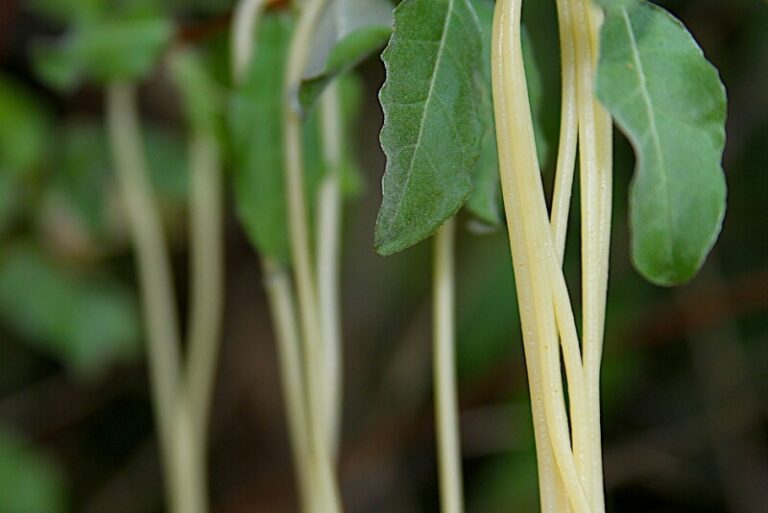A trio from vintage 2016 from Louis Roederer has been released on the market. Read Richard Juhlins tasting notes and scores. [read the full champagne story]
Estimated reading time: 4 minutes

2016 Louis Roederer ‘Blanc de Blancs’
92(94)p
100ch
TASTING NOTE Pure Avize this time with 28% oak barrels, 7 grams of sugar and made without malolactic fermentation. Honestly, there is a lot of difference in price and little in quality this time between Blanc de Blancs and Cristal. The vintage slips a bit but this Avize soloist is wonderful. Bright greenish yellow with aromas of orange blossom, jasmine, lily of the valley, lemon pie and chalk. Creamy polished and tantalizingly elegant with finesse and softness in total balance. Long and fairly light feminine aftertaste of high class.
2016 Louis Roederer ‘Millésime’
87(92)p
68pn 32 ch
TASTING NOTE Verzy and Chouilly only with 33% oak barrel fermentation and 7-gram dosage. In the past, both Roederer Blanc de Blancs and Roederer Millésime were rich compositions from several villages and locations. Jean-Baptiste has refined the character by limiting himself to three villages for these two wines. As for the choice of pure Avize in the Blanc de Blancs, I have no objection, but as for the decision to only let Verzy stand for the entire carol of pinot noir in the vintage wine, I have my doubts. I think that the complexity becomes greater and more house-typical with several terroir colors. However, this wine is a little less developed and less complex than both Blanc de Blancs and Cristal 2016. In the past, the vintage was often the most finished at launch, but since 2008 it is often the other way around. Deep golden color. Slightly closed aroma and undeveloped taste, but both the aroma and taste have a lot to offer in the long run. There are already faint traces of chocolate, roasted notes, hazelnuts, strawberry jam and orange. The minerality is striking and the attack is a bit harsh at the moment. Drink 2030–2045.
2016 Louis Roederer ‘Cristal’
93(96)p
58pn 42ch
TASTING NOTE No malolactic fermentation at all, 7-gram dosage, 31% in oak barrels and wines from 32 locations in Verzenay, Verzy, Beaumont-sur-Vesle, Ay, Avize, Mesnil-sur-Oger and Cramant. Once again, Jean-Baptiste succeeds in creating a composition that only takes a fraction of a second to recognize when you put your nose in the glass. Cristal is not a wine that deviates from other top champagnes in terms of the type of aromas. No, instead, it is the distribution and composition of all the usual ingredients that are always composed into an unmistakably own perfume and delightfully perfect taste experience. The 2016 is a shy and light edition that must be drunk with great concentration so that nothing is overlooked. I will age my bottles for many years and let the high acidity and minerality carry the wine to greater heights in ten years. Fine small bubbles, medium intensity classic aroma of white and yellow honeyed flowers, candied citrus, white chocolate, almonds and white peaches. Soft silky delicious and caressing familiar friend caresses the tongue. The same aromas here now with added sea salt and mouthwatering minerality.
Vintage 2016 according to Champagne Club by Richard Juhlin
★★
A tricky year with many unwanted weather changes at the wrong time. Snow and frost in the last days of April and soaked early summer caused problems with moisture and rot. The end of the summer instead grilled the grapes too hard with sun damage as a result. The harvest was very small and the vintage must be described as weak with very few vintage wines of class to be expected.
–
2016 by Curtis Joseph
★★★
Harvest: September 10th
Total Sales: 306,074,837 btl
Yield: 9.163 kg/ha
France: 157,713,428 btl
Area under vine: 33,805 ha
Exports: 148,361,409 btl
Average potential alcohol: 9.9%
Prix Constaté : €5.90/kg
Average total acidity: 7.4 g/l
Average gluconic acid: 0.1 g/l
Overview: A problematic season that ended reasonably well
Another warm, wet winter preceded the 2016 campaign. Ultimately, however, it was a vintage of floods and drought, frosts, and sunburn, with downy mildew everywhere. By the end of March, there was 50% more rain than in an average year, by the end of June, 71% more, representing by far the most rain in the last twenty years. Springtime temperatures were cooler than usual, culminating in frosts during the last fortnight of April. Damage from the frost was the most significant in the Côte des Bars. The effect of these conditions was the worst outbreak of downy mildew in twenty years, resulting in the loss of approximately 15% of the crop. The rain stopped at the beginning of July for the most part, and the summer was hot and dry, culminating in severe sunburn at the end of August. Ultimately, the ripening was not consistent at harvest, and the Pinot Noir and Meunier were picked well before the Chardonnay, which was not brought in until the end of the month. It was generally considered a better year for black grapes. Fortunately, the warm weather and sunshine at the end of the season reduced the incidence of botrytis. The rate of botrytis overall was about 5% of the surface area of the vineyard. Fortunately, it did not increase even as rain began to fall in the second half of September.
There have been very few finished wines released, and my reaction to the vins clairs that I tasted in the spring of 2017 was mixed. There were relatively few to which I assigned four or five stars. My note for the vin clair for Emmanuel Brochet’s Le Mont Benoit was typical of my impression of the year: “This lacks the structure normally found in a vin clair. It is supple, silky, and remarkably drinkable already at this stage, which does not auger well for the finished Champagne.” (Tasted 2017) I had a similar reaction to the vin clair Pascal Doquet made from grapes grown in Le Mesnil: “Sweet and fresh; drinking well now…” (Tasted 2017).
Producers who blocked the malolactic fermentation were on the right track. From my note on a Meunier vin clair from A.R. Lenoble: “Fermented in stainless steel with malo blocked (as with all wines this year), the fruit had 10˚ potential alcohol at harvest and lovely fruit expression with notes of fresh flowers and citrus. On the palate, it was surprisingly structured, but certainly not tart. pH 3.04, no botrytis.” (Tasted 2017) Ultimately, many vintages in Champagne are saved by good weather at the end of the season, as was 2016. There is no reason to dismiss the year altogether, although even the best talents will have to work hard (and have a bit of luck) to produce top-quality results in 2016.





